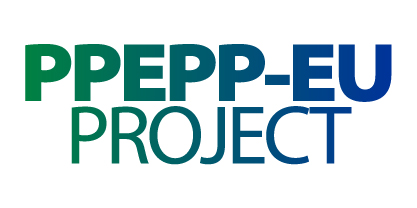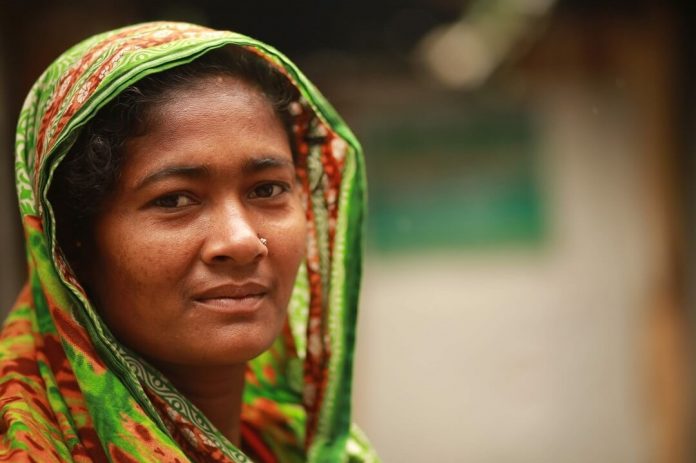The International Women’s Day on 8 March provides an important opportunity to celebrate women’s achievement for greater equality. This year, in 2020, the world is marking the day with the theme: #EachforEqual.
More than a century ago in 1910, during the second International Conference of Working Women in Copenhagen, German women’s rights activists Clara Zetkin and Käte Duncker proposed that March 8 be observed as Women’s Day all over the world. The conference of over 100 women from 17 countries approved the proposal unanimously. Following this decision, international Women’s Day was observed for the first time in Austria, Denmark, Germany and Switzerland in 1911. Since then, international Women’s Day is being observed globally. The UN started marking the day in 1977.
This year’s celebration is particularly significant as the global community marks the 25th anniversary of the Beijing Declaration and Platform for Action, 1995. In the Declaration, world leaders “Determined to advance the goals of equality, development and peace for all women everywhere in the interest of all humanity.”
Over the past few decades, Bangladesh has made significant progress in reducing gender disparity. The country has also made impressive gains in achieving gender parity in primary and secondary school enrollment.
These achievements, however, get marred by violence against women and young girls, high rate of early marriage and drop out of girls from high schools.
Eradication of poverty and ensuring social justice require the full participation of women in economic and social development. This is also key to creating a more equal world through achieving gender equality and empowering all women and girls (Sustainable Development Goal 5).
The Prosperity programme is especially designed, among other things, to work towards achieving that goal. By design, Women Empowerment leading to Gender Equality is a mainstreaming issue of the programme. One of the key focuses of the programme is to empower women and address their needs in the following way:
- In the first phase (2019-2025), the programme will support some 1 million extremely poor people of 15 lagging districts, mainly targeting women, to connect to mainstream economic growth and jobs. This means, tens of thousands of women will have their own income, the first step towards empowerment. This, in turn, will ensure their participation in the decision-making process, both within the households and in the larger community. As the working areas are in climate-vulnerable regions, the programme will also build their resilience to cope with climatic shocks.
- Over the course of the programme, up to 357,000 expecting and lactating mothers, women of childbearing age, adolescent girls and children will receive a series of nutrition-sensitive and nutrition-specific services. While these interventions will address the nutritional needs of pregnant and lactating mothers in the immediate term, as a long-term outcome, they will give birth to healthier babies.
- Up to 125,000 women will experience a significant change in their social status and level of empowerment within the household and the community. This will mean greater participation of women in the community-level decision-making process.
To achieve these goals, the Gender component of the Prosperity programme will engage with the male members of the family and bring them on board about women’s rights issues. It will also build confidence in women to be self-dependent and eventually become entrepreneurs and change-makers. The purpose behind this is to create an equal footing for women in their homes as well in their communities so they can have access to and control over resources.
The underlying message of this year’s International Women’s Day is that collectively, each one of us can help create a gender equal world. Let’s all be #EachforEqual. It is only possible when all everyone, especially the youth, raise their voice to protect women’s rights and empower them.


